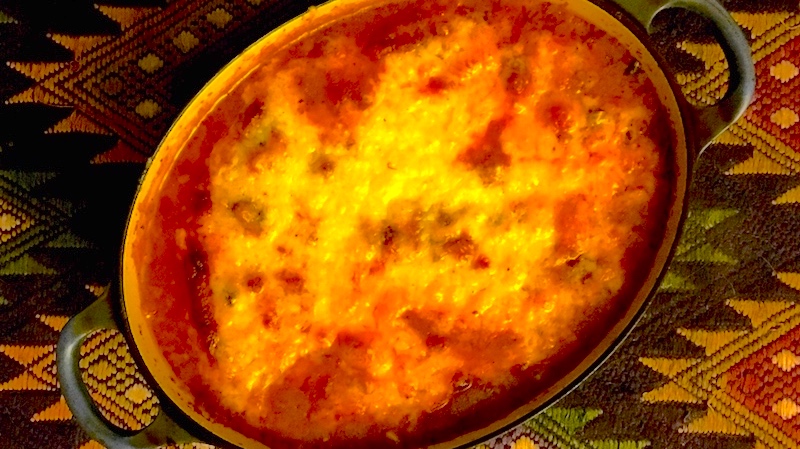
A Tamale Pie My Mother Would Love
Before Blue Apron and Hello Fresh, there were Hamburger Helper and Swanson's frozen dinners. Even before that, when I was growing up, when my father didn't have time to hunt down a brontosaurus à la Fred Flintstone, my mother made do with Campbell's cream of mushroom soup and an arsenal of Lipton's dehydrated products. Spanish rice, tuna casserole and pot roast were her go-to dinners, egged on by the women's magazines of the day like the Ladies Home Journal that gave busy homemakers tips on "quick dinners your family will love!"
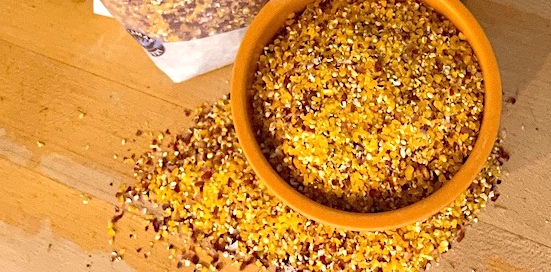
Tamale pie was one of those dinner solutions, though in the days when most Americans considered spaghetti sauce "spicy food," its call for the addition of chili powder—actually a spice mix containing paprika, cumin, garlic powder, onion powder, oregano and maybe cayenne—was a bridge too far for many. But my dad loved him some zing, so my mom would occasionally pep up her dinner rotation with chili powder-inflected goulash or tacos with hot sauce.
I'd been looking for a tamale pie recipe for those times when I'm feeling a bit of nostalgia for the casserole dinners of my childhood, and recently a friend shared one that brought back a flood of cornmeal-scented, cheesy memories. Updated with a few adaptations using local cornmeal and pasture-raised beef, locally grown and roasted tomatoes and some tangy sharp cheddar from Organic Valley, it fit the bill perfectly. I hope it will for you, too!
Tamale Pie
2 Tbsp. vegetable oil
1 onion
2 poblano peppers, chopped in 1/4” dice
3 cloves garlic, minced
1 1/2 lbs. ground meat (beef, chicken or turkey)
2 c. roasted tomatoes
2 c. corn kernels
1/2 c. chicken stock
2 tsp. ancho chile powder
1 tsp. ground cumin
1 c. cornmeal
1 c. grated cheddar or jack cheese
Salt to taste
Preheat oven to 350°.
Heat oil in large skillet over medium high heat. (If using a cast iron skillet, you can bake the casserole in it, as well.) When it shimmers, add ground meat and sauté until the meat is browned. Add onion and sauté until tender, about 3 minutes. Add garlic and pepper and sauté until softened, about 5 minutes. Add chile powder and cumin and stir briefly, then add tomatoes, corn kernels and broth. Bring to a simmer. Salt to taste.
While meat mixture simmers, bring 2 cups water to a boil. Slowly add cornmeal, stirring vigorously to prevent lumps. Continue cooking and stirring until it becomes quite thick. Add 1 teaspoon salt, or to taste. Stir cornmeal mixture into other ingredients. Put mixture into casserole (if you are using a cast iron skillet, you can bake the casserole in this). Sprinkle cheese over the top and bake about 30 minutes.
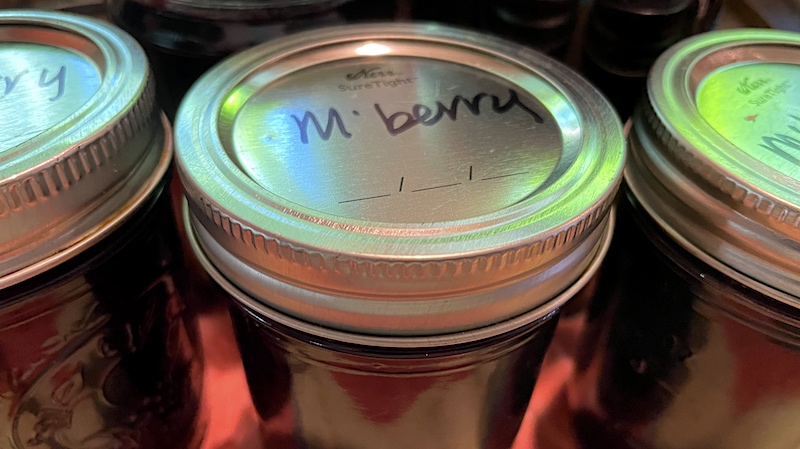
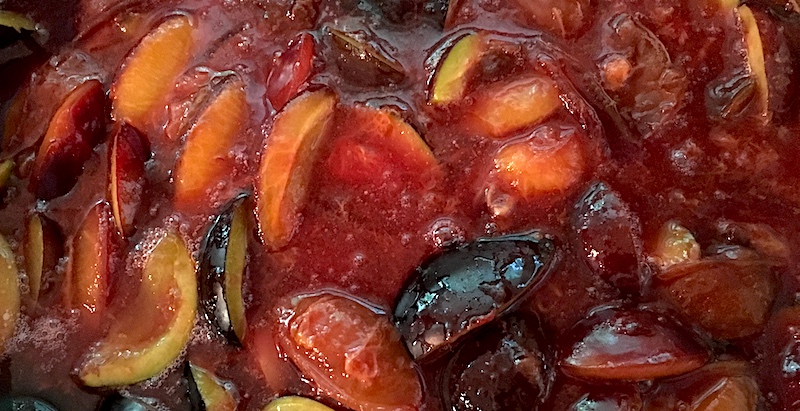




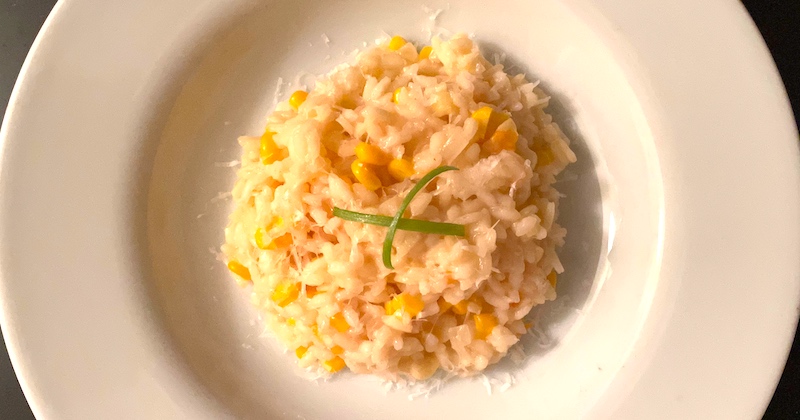 Across the street in front of our house was another row of houses identical to ours, beyond which stretched another field, this one planted with row upon row of corn. All the kids on our street would play hide-and-seek in that field, losing each other in the sameness of the shadowy stalks that stretched into the sky, their tassels glowing in the evening light. During the late summer I'd often wander off into the field on my own and pick an ear or two, peeling back the green husk and nibbling the sweet raw corn that always tasted better than anything boiled and buttered, and only emerge when I heard my mother calling from the front porch to come in for dinner.
Across the street in front of our house was another row of houses identical to ours, beyond which stretched another field, this one planted with row upon row of corn. All the kids on our street would play hide-and-seek in that field, losing each other in the sameness of the shadowy stalks that stretched into the sky, their tassels glowing in the evening light. During the late summer I'd often wander off into the field on my own and pick an ear or two, peeling back the green husk and nibbling the sweet raw corn that always tasted better than anything boiled and buttered, and only emerge when I heard my mother calling from the front porch to come in for dinner.
 This year, just as the early July heat wave was hitting the Northwest with a vengeance, our
This year, just as the early July heat wave was hitting the Northwest with a vengeance, our 








